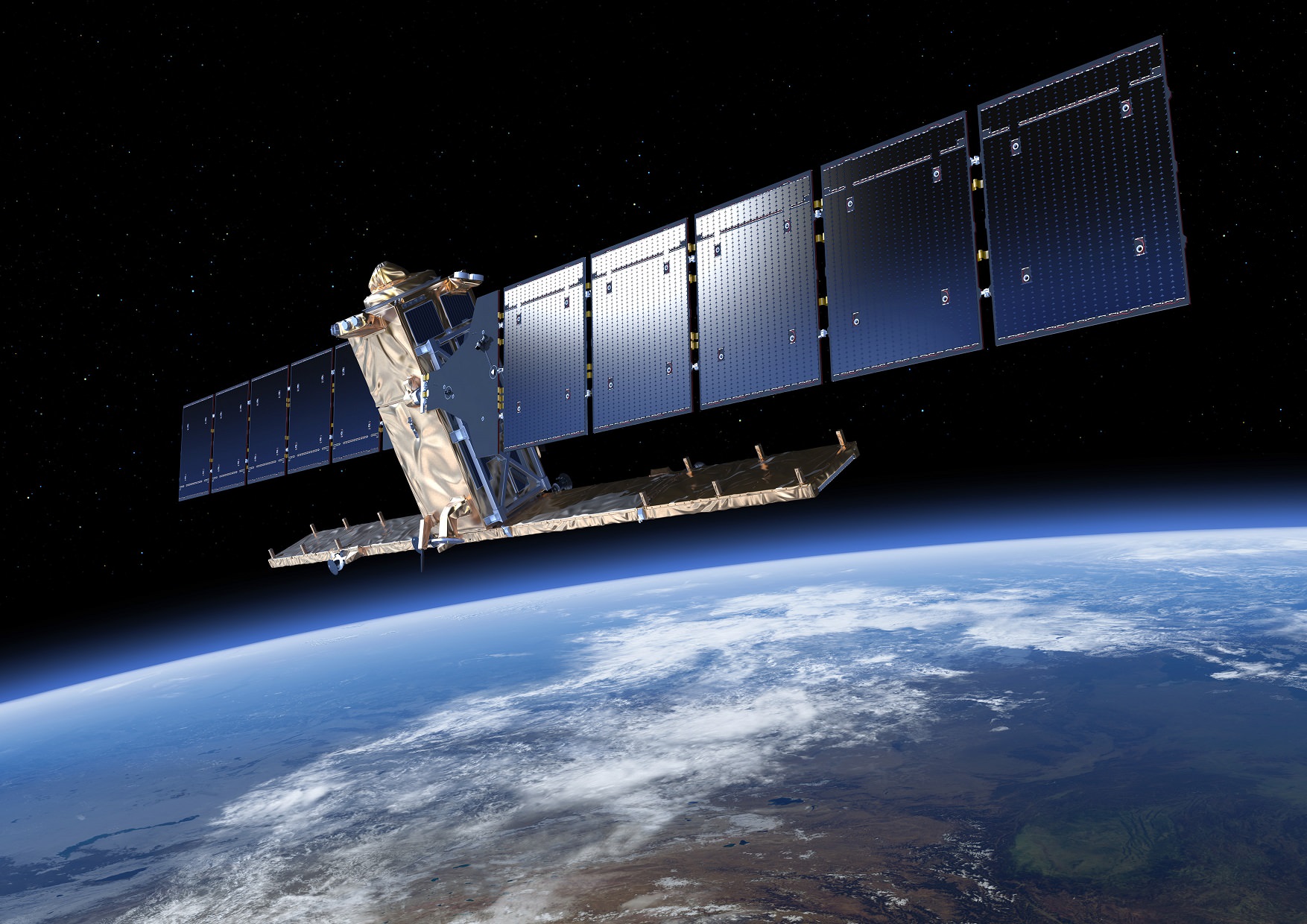

Artist's conception of Sentinel-1, an environment-monitoring satellite from the European Space Agency. Credit: ESA/ATG medialab
Yesterday, the European Space Agency disclosed a serious problem early in the Sentinel-1A mission, which lifted off April 3 on a mission to observe the Earth. The spacecraft — which reportedly cost 280 million Euros ($384 million) to launch — came close to a collision in orbit.
“At the end of the first day after the launch (4 April): all deployments have been executed during the night and completed early in the morning at the beginning of the first ‘day shift’,” read a blog post from the Sentinel-1A team on the European Space Agency’s website.
“As the first day shift nears its end, a serious alert is received: there is a danger of a collision with a NASA satellite called ACRIMSAT, which has run out of fuel and can no longer be maneuvered. Not much information at the beginning, we are waiting for more information, but a collision avoidance maneuver may be needed. ‘Are you kidding? A collision avoidance maneuver during LEOP [launch and early orbit phase]? This has never been done before, this has not been simulated!’ ”
Worse, as controllers looked at the data they realized there was not one, but two possible points of collision. Cue the inevitable Gravity reference, and then a solution: to essentially move the satellite out of the way. The maneuver took about 39 seconds, and safely skirted Sentinel-1A out of danger.
You can read more about the situation in the blog post. ESA’s main Twitter feed and the ESA Operations Twitter feed also first reported the near-collision yesterday, nearly a week after it occurred. It should also be noted that the Europeans (among many other space agencies) are looking at ways to reduce space debris.
NASA's asteroid-studying spacecraft Lucy captured an image of its next flyby target, the asteroid Donaldjohanson.…
If you've ever looked at Mars through a telescope, you probably noticed its two polar…
Our Solar System is in motion and cruises at about 200 kilometres per second relative…
Late is better than never for the ‘Blaze Star’ T Coronae Borealis. It was on…
A planet's history is told in its ancient rock. Earth's oldest rocks are in the…
Data from the Chinese rover Zhurong is adding to the pile of evidence for oceans…